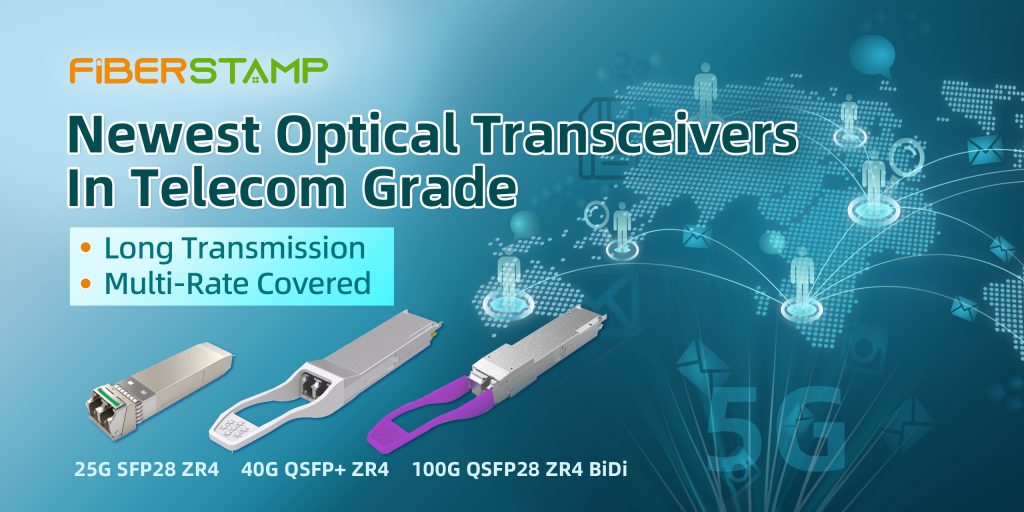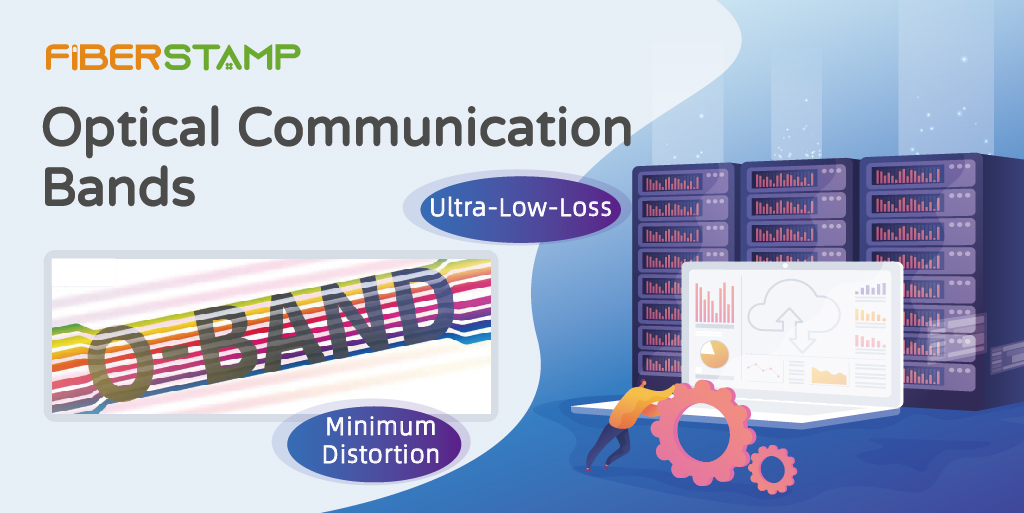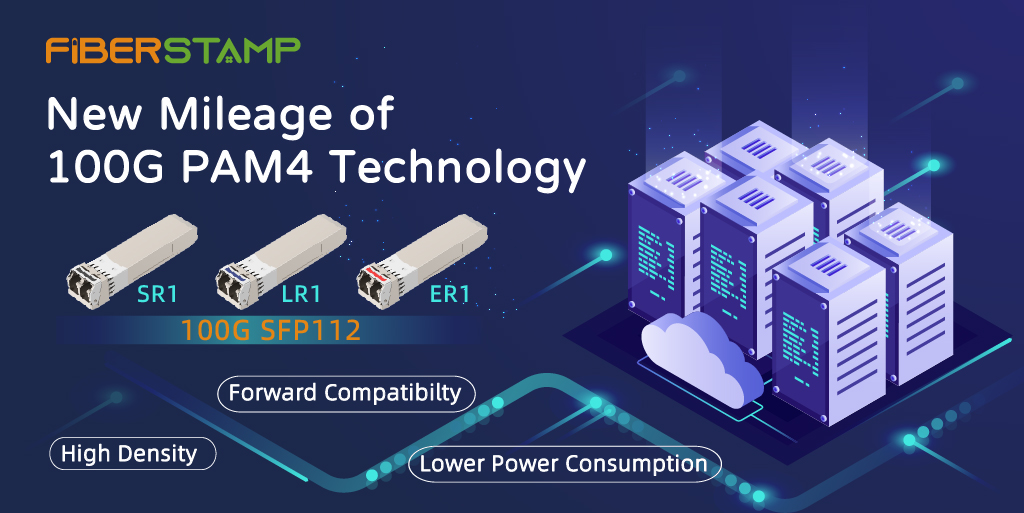As the backbone infrastructure of the new generation digital world, the data center business has aroused great attention, as well as the environmental issues it raises. Combining the two to achieve sustainable development is not only a trend in the data center industry, but also significant from an economic development perspective.
With Earth Day as an opportunity, today we will learn how immersion liquid cooling, which can create a green data center, can be deployed in different scenarios and what the future trends are.
What is Immersion Cooling?
Immersion cooling is a full immersion solution using insulating liquid as the coolant. The heat is directly transferred from server to coolant, the coolant then undergoes secondary heat exchange with the coolant sent in from the primary side. The final round of returned water from primary side undergoes heat exchange with the atmosphere or is directly used for warm water heat recovery and waste heat utilization. This architecture is called immersion cooling architecture.
Due to the direct contact heat exchange of the secondary side, and no assistance of precision air conditioning and compressor cooling is required during the whole process, the overall PUE can be controlled between 1.05 and 1.07.
Why do we need immersion liquid cooling?
The trend will become more obvious as the global digitalization process is accelerating, especially with the popularization of 5G and artificial intelligence applications, and the demand for digital information storage and processing will grow further. Most users are not aware that every click, browse and share of every link, video and digital content requires a complex series of processing through kilometers of fiber networks and numerous data centers to get from one point to another. This process is also a carbon emission process, as all data consumes electricity to complete storage and processing. Therefore, data centers as infrastructure in the digital era need to deploy immersion liquid cooling technology as early as possible in a concerted effort to achieve a green planet.
In such a context, FIBERSTAMP, as an innovative leader in immersion liquid cooling technology, provides high-performance and cost-effective deployment solutions for each scenario.

Deployment in 5G fronthaul scenarios
The convenience of 5G is already well known, but the power consumption of 5G base stations is three times higher than 4G, and due to the nature of 5G, the number of base stations must be three to four times more than 4G to achieve the same coverage, so the huge power and the continuous CO2 emissions are generated, leaving huge pressure to the environment management.
FIBERSTAMP uses 100G long-range liquid-cooled modules to reach the advantage of cooling and emission reduction through DU interconnection.

High Performance Data Centers
In high-performance, high-frequency transaction type data centers, the explosive increase in artificial intelligence and supercomputing not only leads to the high power consumption of optical modules at high baud rates, but also slows down computing efficiency by overheating. The use of liquid-cooled modules can effectively reduce power consumption and latency, while reducing traditional air-cooled equipment and greatly improving data center space utilization.

Future Development of Immersion Liquid Cooling
The beginnings of submerged liquid cooling can be traced back to more than a century ago, but the road to commercial popularity in recent times is still open to efforts and optimization. We believe that the sustainable development of submerged liquid cooling will gradually be seen and recognized by the world, and with continuous innovation to develop products with higher transfer rates and better temperature control, we believe that together we can reduce the environmental impact of the digital economy. We are looking forward to this.





